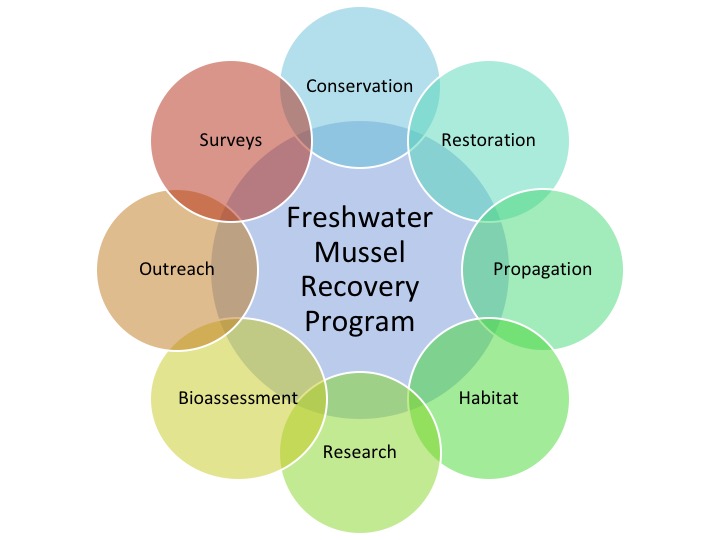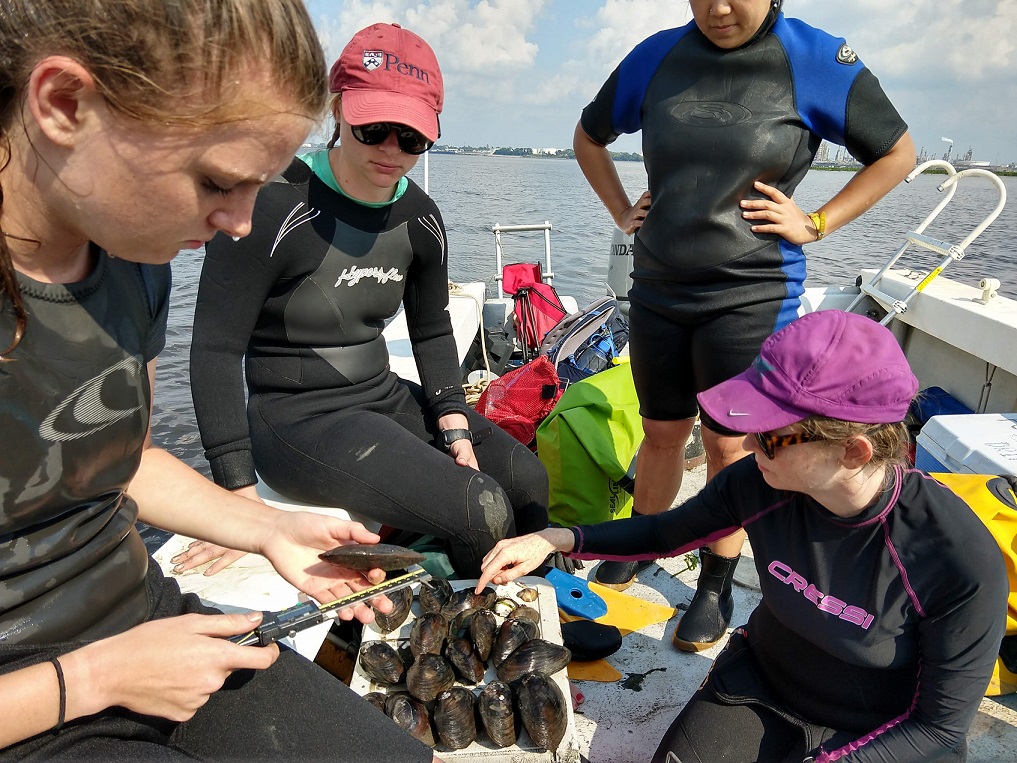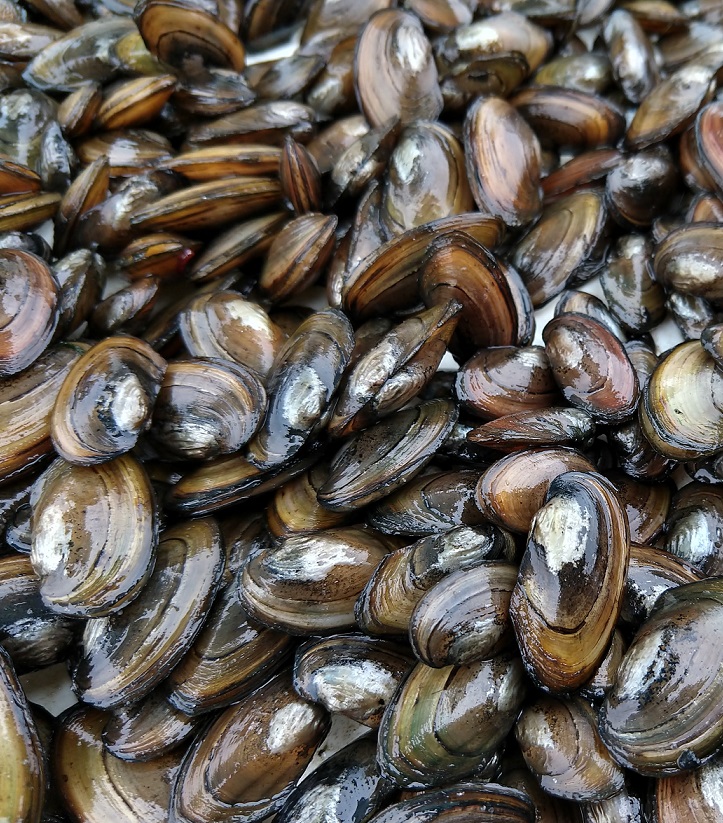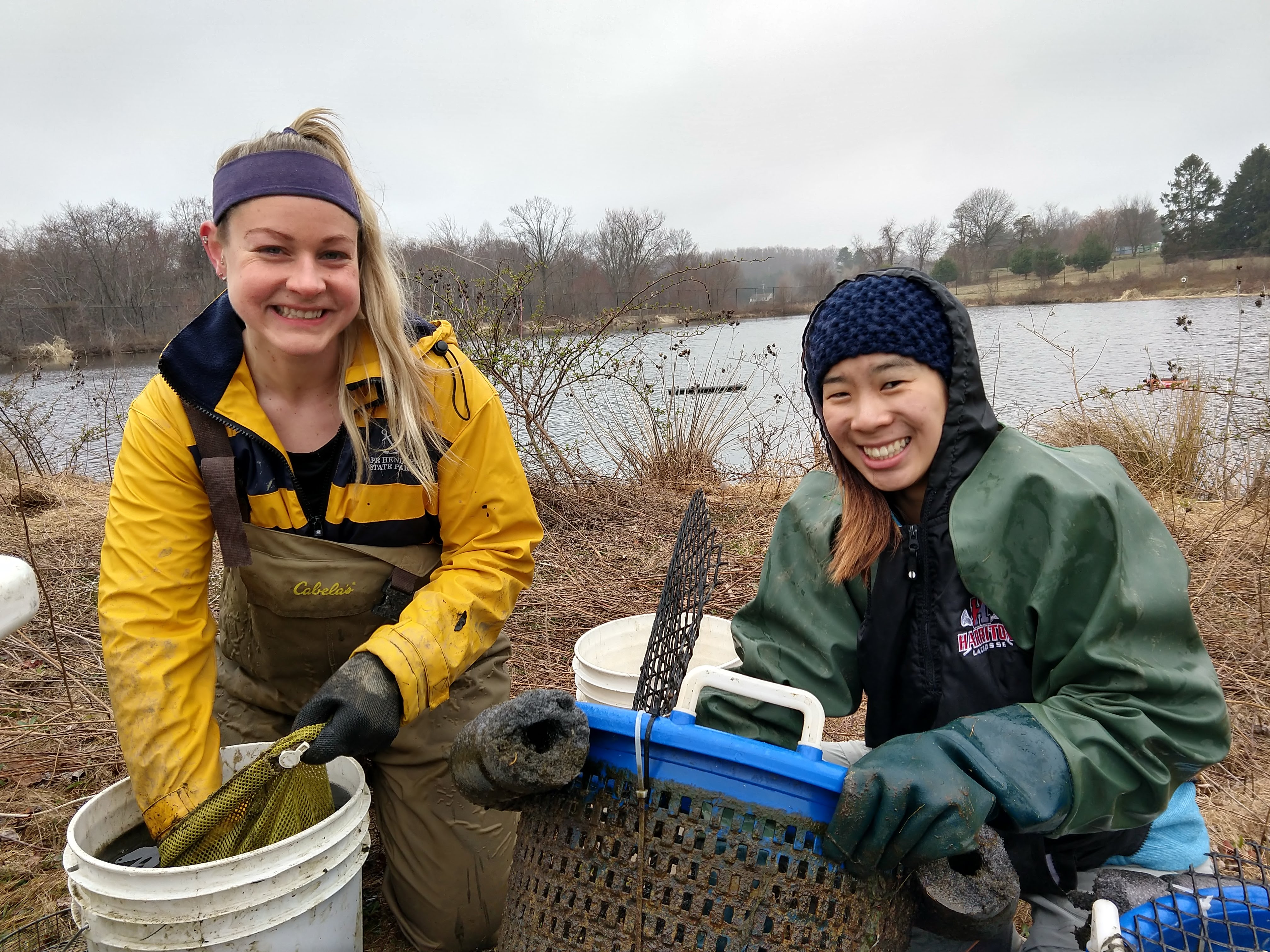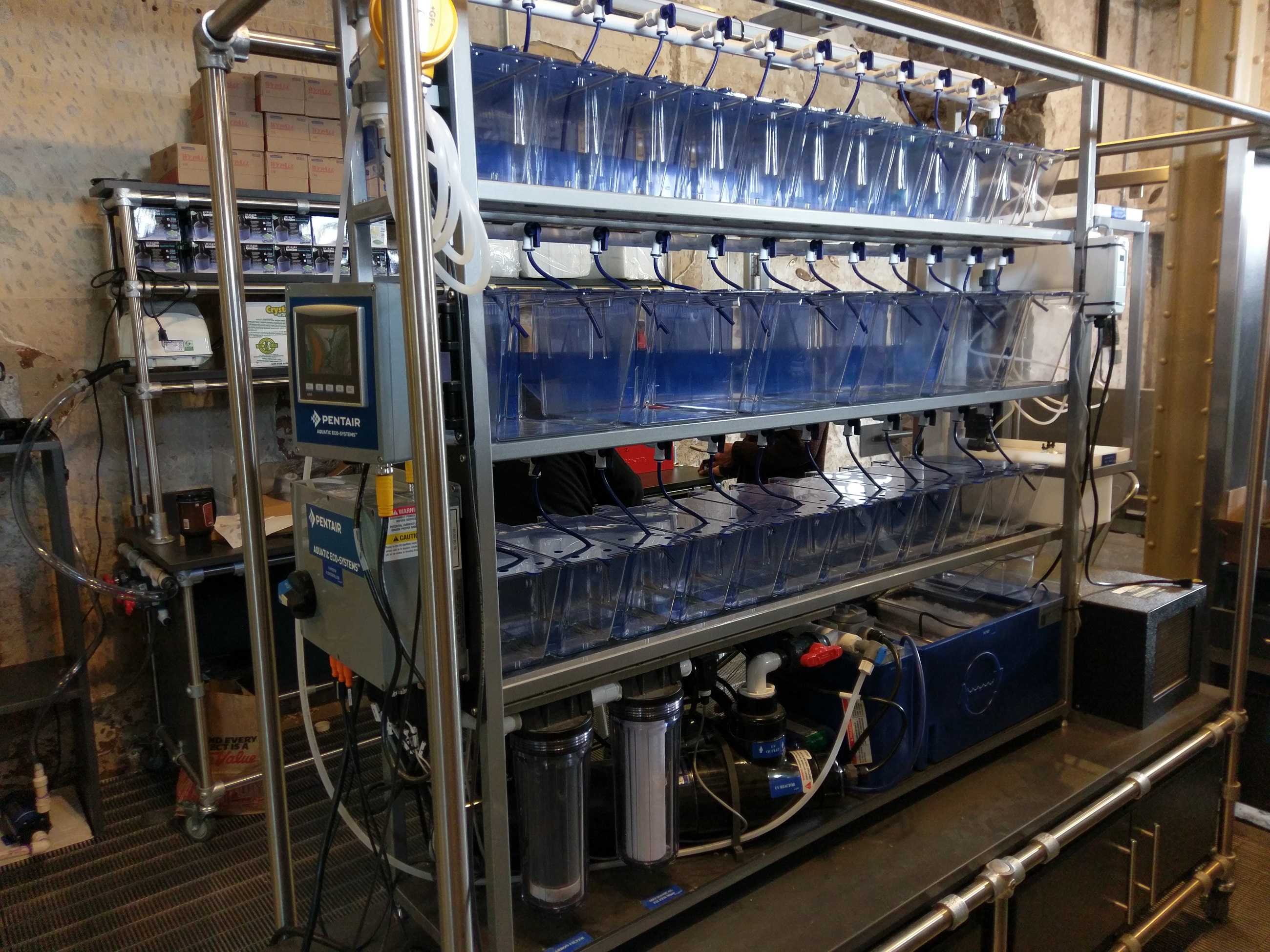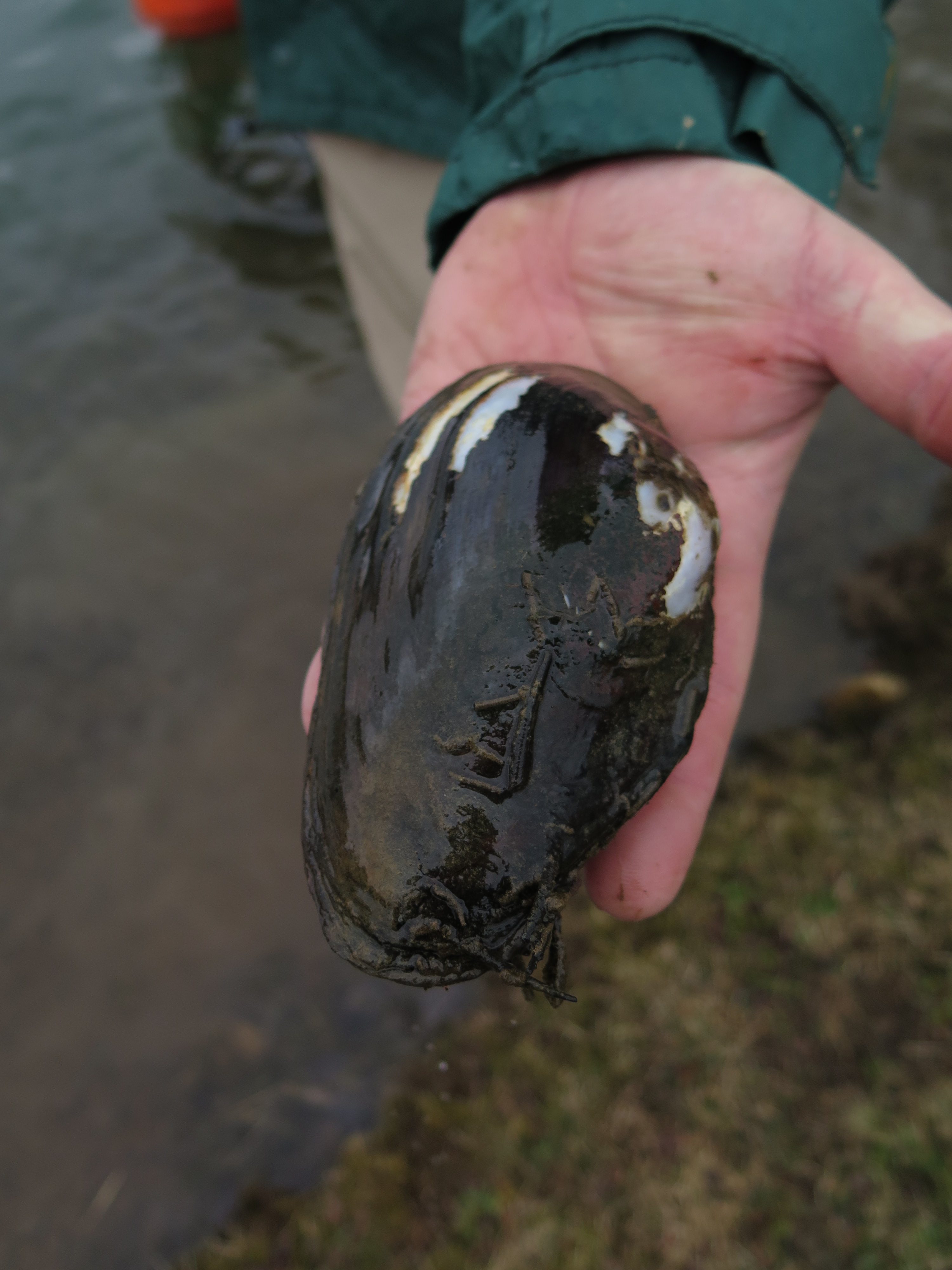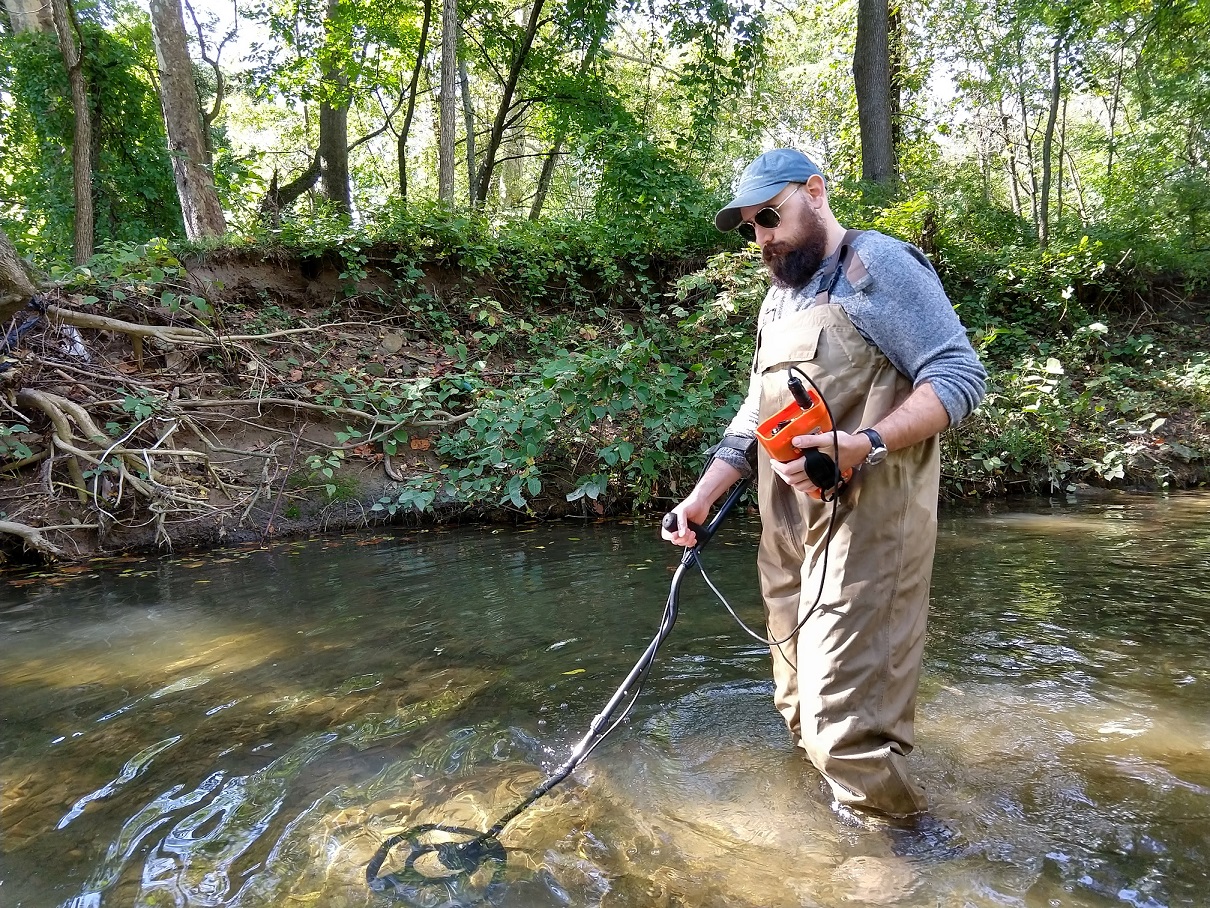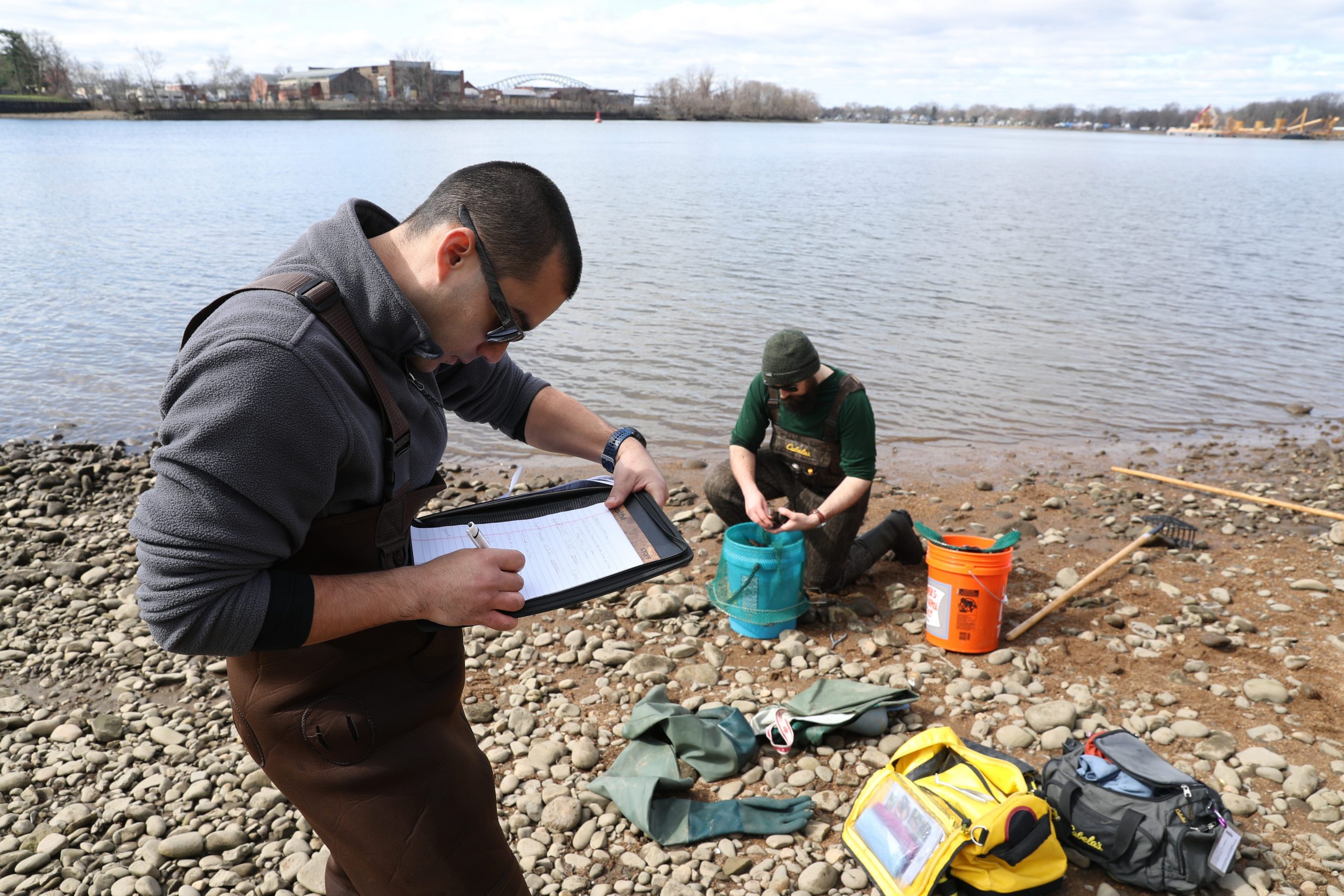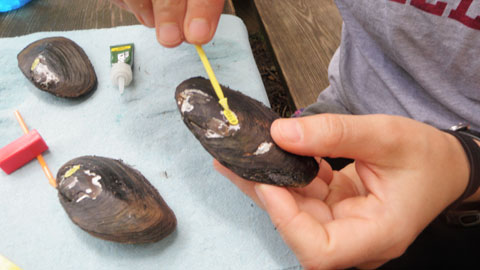Nearly 300 species of freshwater mussels are native to North America and 70% of those species are listed as endangered, threatened, or of special concern (Williams et al. 1993) making them one of the most imperiled aquatic animal groups (Nobles and Zhang 2011). Similarly, the 13 historically native species in the Delaware River Basin appear to be in decline due to many potential factors including degraded or altered habitat, decreased water quality, decreased forested riverbanks, lack of suitable fish hosts, stormwater, dams, or altered water flow (PDE 2012a, 2012b). PDE recognizes that every mussel is precious and it is vitally important that mussel populations that are stressed be identified and protected, especially in cases where federal or state-listed imperiled species are present. To protect these mussel beds, managers must be equipped with species-habitat maps to prioritize areas for conservation and consider possible designation of Critical Habitat for protection.
Partnership for the Delaware Estuary (PDE). 2012a. Technical Report for the Delaware Estuary & Basin. P. Cole and D. Kreeger (Eds.). PDE Report No. 12.01. 1-255 pp.
Partnership for the Delaware Estuary (PDE). 2012b. Freshwater Mussel Recovery Program in the Delaware Estuary. PDE Report No. 12-02b. 41 pp.
Nobles, T., & Zhang, Y. 2011. Biodiversity loss in freshwater mussels: importance, threats, and solutions. Biodiversity Loss in a Changing Planet. Intech, Rijeka, 137-162.
Williams, J. D., Warren Jr, M. L., Cummings, K. S., Harris, J. L., & Neves, R. J. 1993. Conservation status of freshwater mussels of the United States and Canada. Fisheries, 18(9): 6-22.
Back to top
